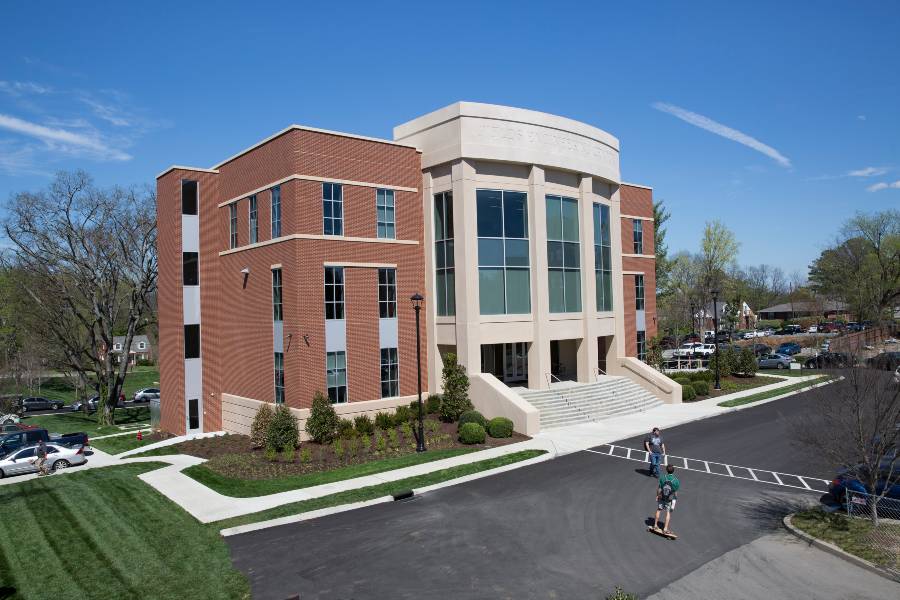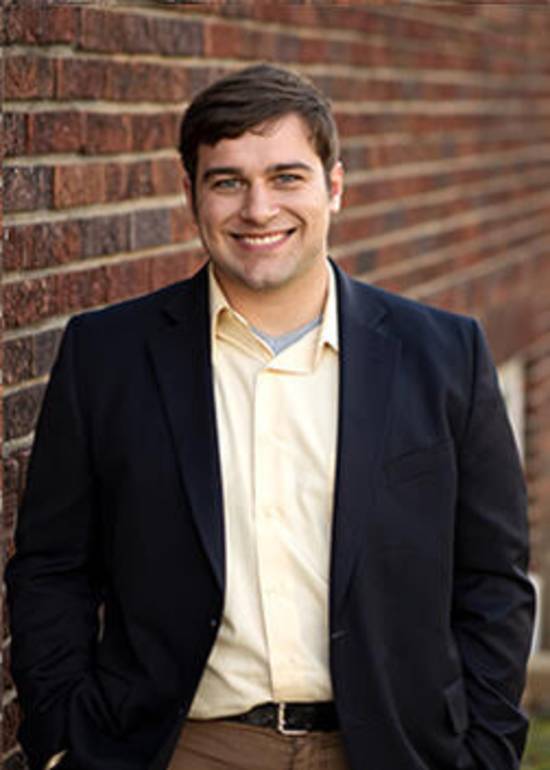From the graduation files: Rowley completes pathway to engineering degree
National Science Foundation S-STEM grants create educational pathways for students
Kim Chaudoin |

Zechariah Rowley is passionate about serving others.
When he began his educational journey at Volunteer State Community College in Gallatin, Tennessee, he knew he wanted to pursue a career that would make an impact on others.
“I love helping people, and engineering is a degree that lets me do that at a high level,” says Rowley.
After two years at Vol State, the White House, Tennessee native graduated with an Associate of Science degree in civil engineer. He decided to pursue his bachelor’s degree and selected Lipscomb’s Raymond B. Jones College of Engineering as the place to continue his education.

Rowley is the recipient of a Lipscomb S-STEM Scholarship for Tennessee Community College Transfer Students. This grant was awarded to Lipscomb by the National Science Foundation to assist transfer students who have earned their associate degree in engineering from a Tennessee community college.
“I chose Lipscomb because of its size. It was a small university but it still had a big university feel too,” says Rowley, who is majoring in civil engineering. “The S-STEM Scholarship also helped my decision to attend Lipscomb and helped me complete my educational goals.”
“I have had a wonderful experience at Lipscomb. I got involved with the ASCE Chapter and that was a whole lot of fun,” he continues. “At Lipscomb, the college of engineering professors care about the students and they want us to do our best.”
After graduation, Rowley will be working at L.I. Smith and Associates in Paris, Tennessee.
The Raymond B. Jones College of Engineering offers undergraduate programs in civil, electrical and computing engineering. All three programs are accredited by the Engineering Accreditation Commission of ABET. The college is housed in the Fields Engineering Center, opened in 2017, which provides collaborative learning spaces, flexible student study space, an innovation laboratory for student exploration and creative problem solving and more. Learn more here.